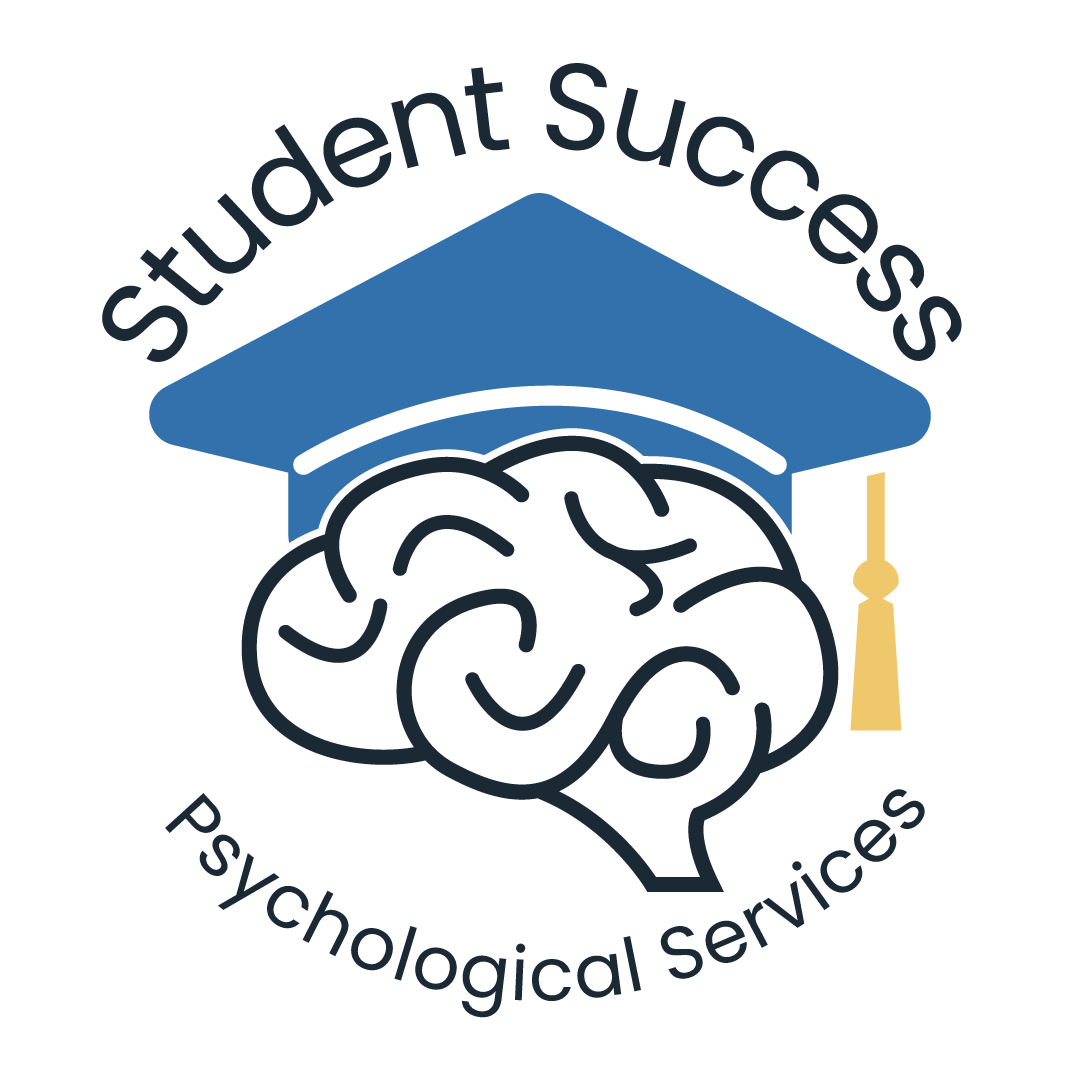IEP vs. 504 Plan: What’s the Difference?
As a parent, you want to make sure your child is getting the support they need in school. If your child has a learning difference, disability, or health condition, you may have heard about IEPs (aka Individual Education Plans) and 504 Plans. But what are they and how can they help?
What’s The Difference?
Both IEPs and 504 Plans are designed to support students with disabilities, but they do so in different ways and under different laws. Here's a side-by-side comparison to help clarify the differences.
An IEP is a formal plan developed under the Individuals with Disabilities Education Act (IDEA). It is designed for students who qualify for special education services because their disability significantly impacts their ability to learn in a general education classroom. IEPs are highly individualized and include specific learning goals, detailed descriptions of the services and supports the student will receive (such as speech therapy, specialized instruction, or behavioral interventions), and a plan to monitor progress. The creation of an IEP involves a team of professionals, teachers, and the student’s parent or guardian, ensuring the plan is tailored to meet that student’s unique needs.
A 504 Plan, on the other hand, falls under Section 504 of the Rehabilitation Act, a civil rights law that prevents discrimination based on disability. Unlike an IEP, a 504 Plan does not provide special education services. Instead, it ensures that students with disabilities can access the general education curriculum on an equal footing with their peers by providing accommodations. These might include extended time on tests, frequent breaks, permission to leave the classroom when overwhelmed, or changes to the learning environment such as preferential seating. A student qualifies for a 504 Plan if they have a physical or mental impairment that substantially limits one or more major life activities (including learning), but they do not need specialized instruction.
In short, an IEP includes special education services and customized learning goals, while a 504 Plan focuses on removing barriers through accommodations. Both plans are legally binding and are intended to give students the support they need to succeed—but the level and type of support differ significantly. Both plans are designed for students from ages 3-21 with a disability that affects how they learn in school.
How do I know if my student needs a 504 plan or IEP?
Communicate with your student’s school team. Voice your concerns, ask questions, and collaborate on making decisions to help your student have success in school. Your student may not need a 504 plan or IEP, but that does not mean they do not need any support. Work with your student’s teachers and school staff to brainstorm ideas and coordinate actions that can be taken at home and school to promote success. This may include delivering MTSS (multi-tiered systems of support) interventions (future blog post on this coming soon) through general education. It may also include developing a process for better home-school communication, connecting you to out-of-school resources, and/or using informal instructional strategies like positive reinforcement for on-task behavior.
Resources:
https://exceptionallives.org/guides/what-are-special-education-services/#who-qualifies-special-ed
https://www.understood.org/en/articles/the-difference-between-ieps-and-504-plans?utm_medium=cpc&utm_source=google-search-grant&utm_campaign=g_en_legal_504_iep_lj&utm_content=fam%20lj%20legal%20504%20meaning%20nb&utm_term=504%20plan_phrase%20match&gad_source=1&gad_campaignid=11422660996&gbraid=0AAAAADo4WqeaR3ESCQCOx_12W9F8IVG0X&gclid=Cj0KCQjwuvrBBhDcARIsAKRrkjcSvbeC1Oiy-eOPiFltFDkpePRGpavtQifZtSjvdz54d8OHkv-tgz8aAsfDEALw_wcB
https://ncld.org/ieps-vs-504-plans/
https://scdd.ca.gov/wp-content/uploads/sites/33/2018/03/The-Difference-Between-IEP-and-504-Plans.pdf

